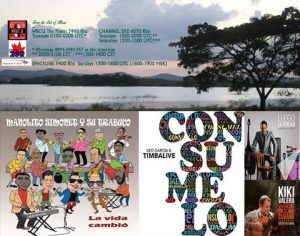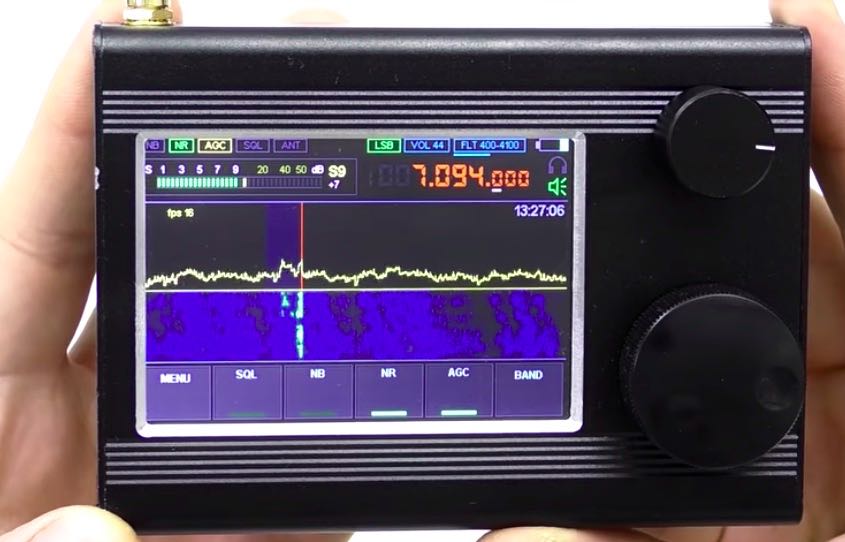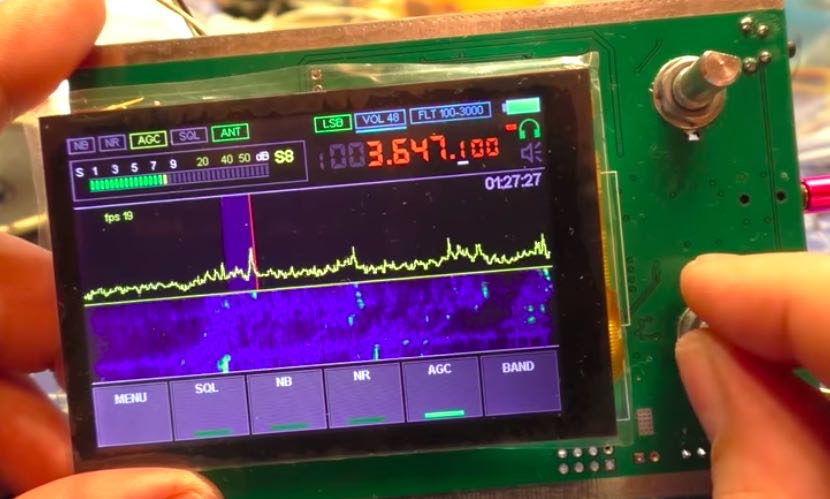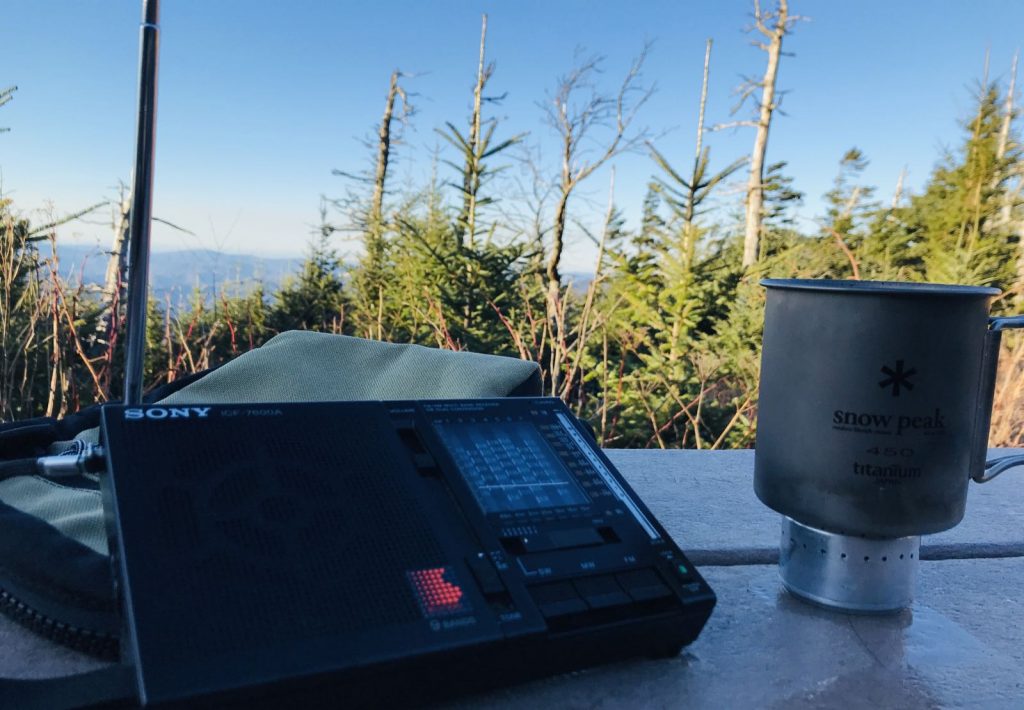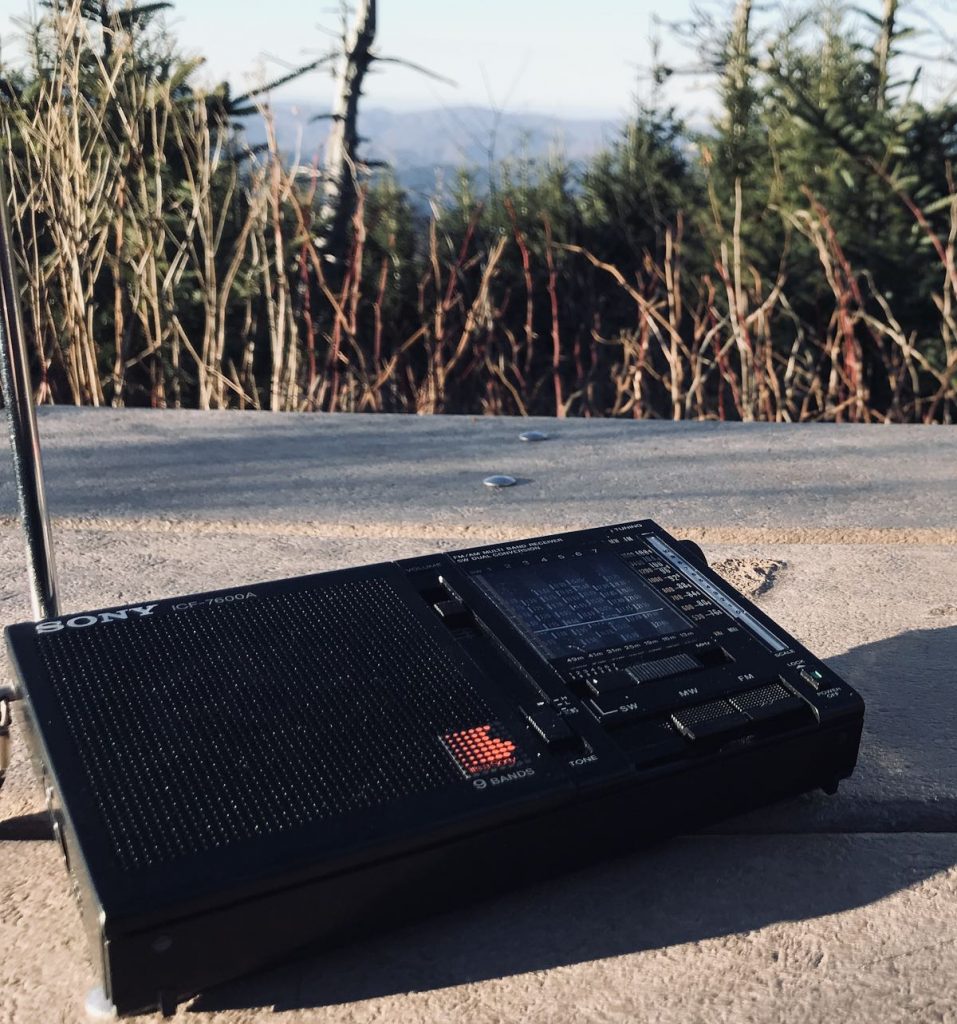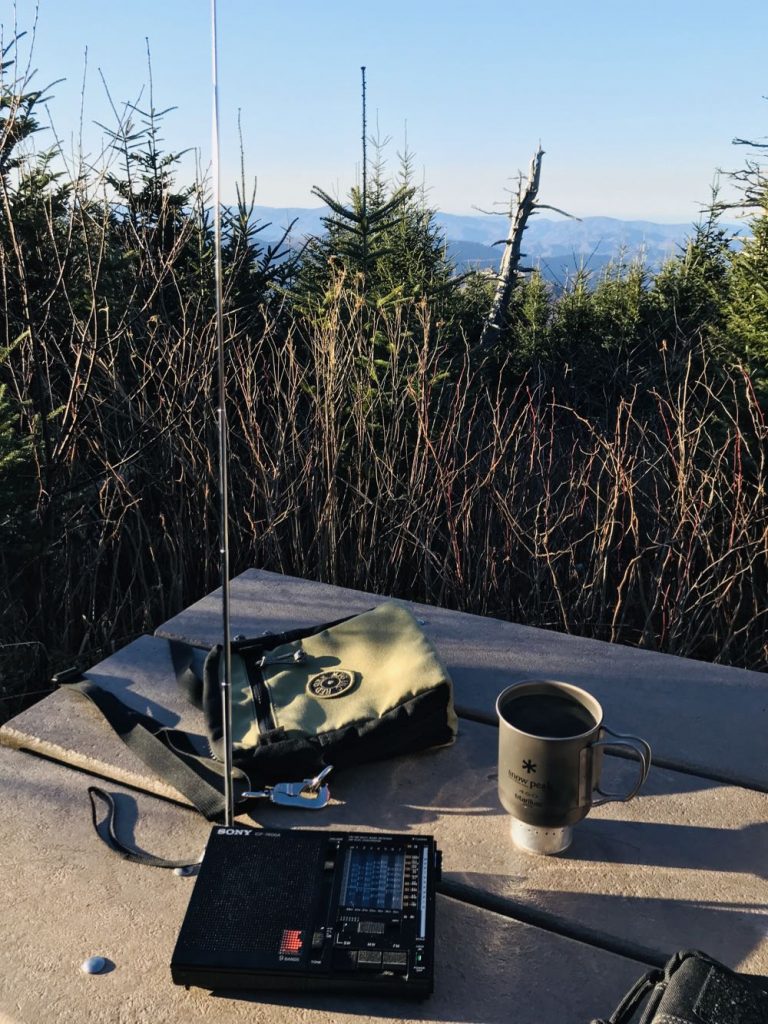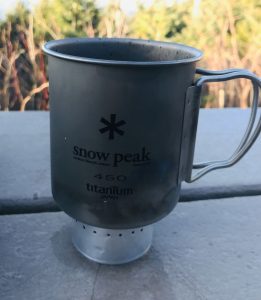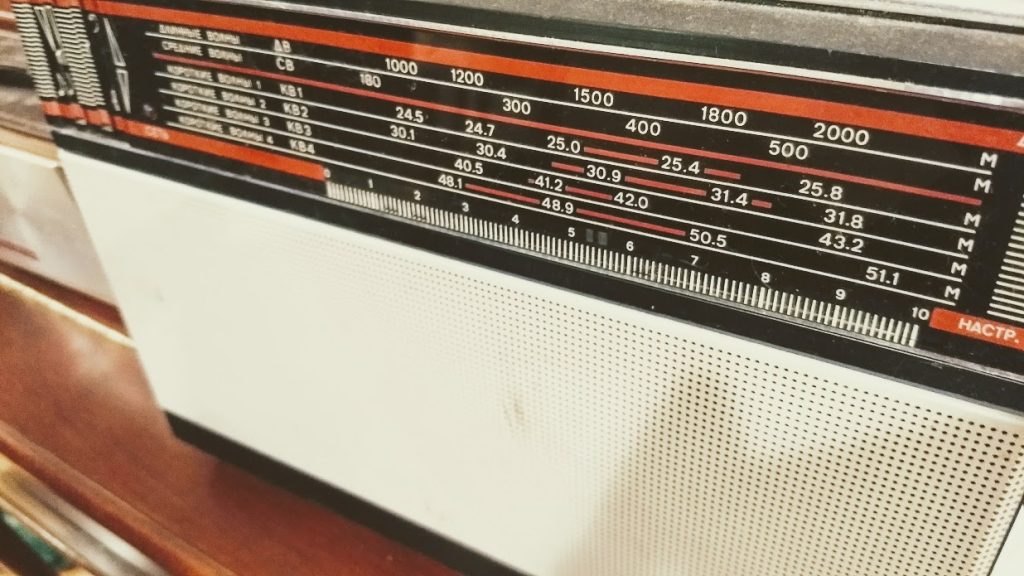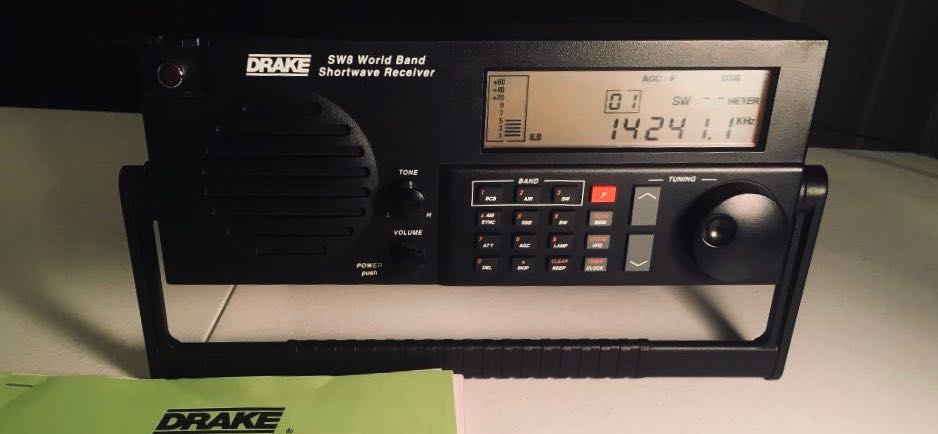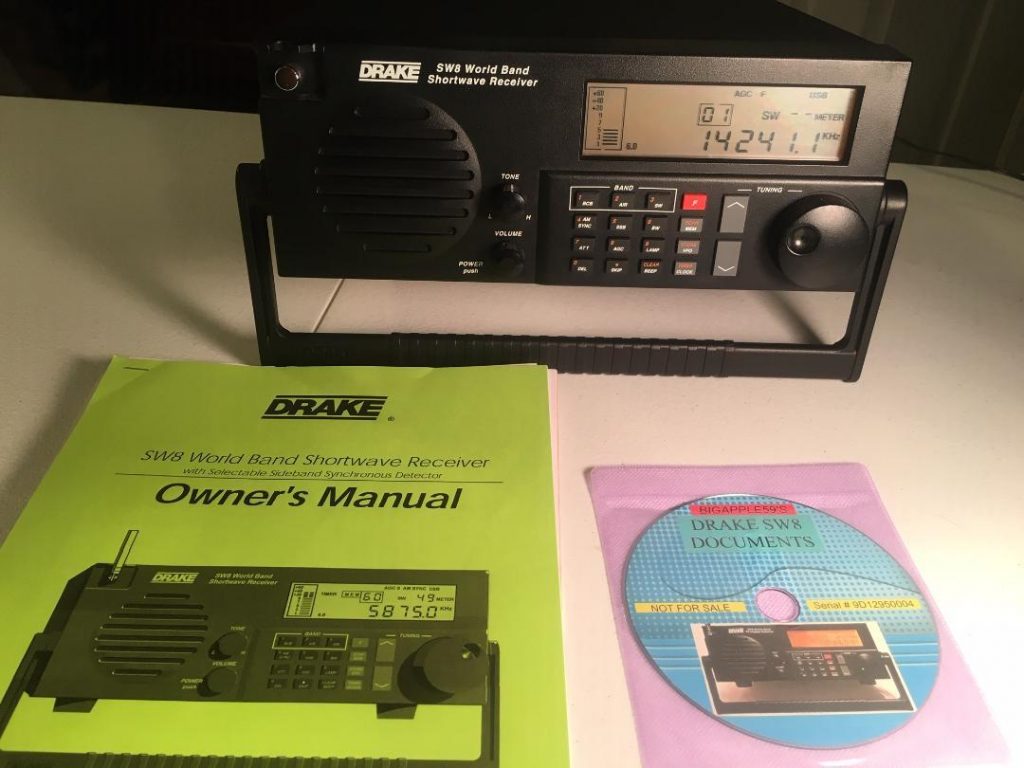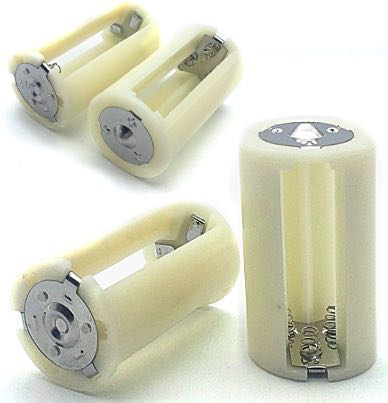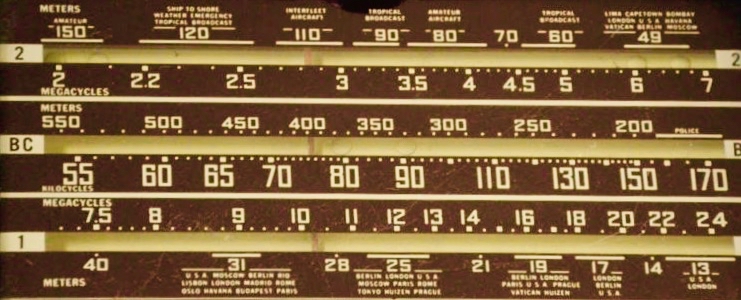
Many thanks to SWLing Post contributors Kris and Ed who both note a fascinating BBC World Service documentary. Ed writes:
Hey Thomas,
SWLing Post readers will surely enjoy this brilliant BBC World Service documentary about Radio Berlin International Service to Africa. “Comrade Africa” offers a 53-minute fascinating blast from the cold-war past with many nostalgic RBI airchecks and programming analyses.
-Ed
https://www.bbc.co.uk/programmes/w3ct036t
Comrade Africa
The Documentary
How Communist East Germany tried to influence Africa via radio, during the Cold War. The West often saw the GDR as a grim and grey place, so it’s something of a surprise to find a radio station based in East Berlin playing swinging African tunes. Yet Radio Berlin International (RBI), the ‘voice of the German Democratic Republic’, made it all happen over the many years it broadcast to Africa. It built on the little known strong bonds between East Germany and several large states in Africa such as Tanzania and Angola during the 1960s, ‘70s and ‘80s.
Dr Emily Oliver, a historian of postwar Germany from Warwick University, finds out why multicultural Radio Berlin International was a special place within East Germany and what happened behind the scenes. The government set tight reporting restrictions on output. Staff faced the dilemma of following the rules while competing with the likes of the BBC World Service. They were also conscious of the output of the station’s main direct rival, West Germany’s Deutsche Welle, which portrayed the world quite differently. And how did RBI employees coming from nations like Tanzania cope with working for the oppressive East German regime?
Emily hears how RBI appealed to listeners in Africa, reveals how East Germans and Angolans made friends over coffee and tractors, and discovers how the Cold War played out in Africa at a time when many African states were fighting for independence.
Presenter: Emily Oliver
Producer: Sabine Schereck
Researcher: Balthazar Kitundu
Editor: Hugh Levinson
Readers: Neil McCaul, Leone Ouedraogo (podcast only), Ian Conningham and Adam Courting
The Two Comrades: Will Kirk and Greg Jones

